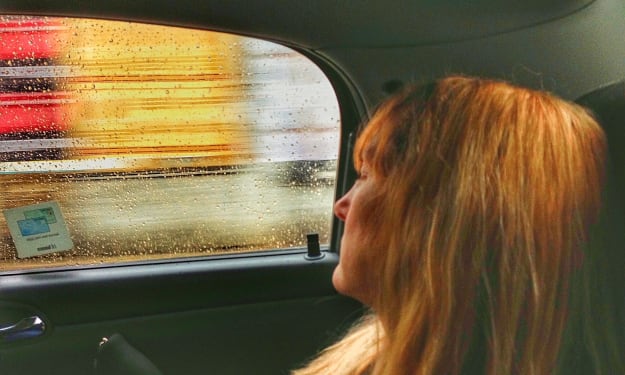Football History 101
The Story of Floodlights

If we see that a Champions League game in on at 8.45 PM we head to the store, buy some snacks, switch to the channel the game is on and enjoy the rest of the evening. We watch a game surrounded by darkness, never thinking how it is possible that the stadium is illuminated like a Christmas tree. If we told this story to our ancestors who were pioneering football fans, they probably wouldn’t believe us. Modern sporting venues and especially football stadiums no longer depend on the time of the day because the floodlights are turned on at dusk. Have you ever wondered how this came about?
The etymology and the technology
Floodlights have a peculiar etymology, as their name says it all: the playing field is “flooded” with light. This is achieved by grouping tens and hundreds of light bulbs together that send a wide been of light onto the pitch. By placing four of such columns at just the right height in all four corners of a football stadium, we get a huge level of illumination. When all the lightbulbs are turned on, day turns into night for everybody at the stadium but most importantly, players see better than they would on a cloudy day.
The amount of lux
The strength of light is expressed in lux, a unit that measures how bright one square meter is. From a fans’ perspective, all the floodlights at stadiums shine the same and they can only tell that something is wrong if one of the columns fails or even worse, all four of them. However, there are differences in lightening levels but they are intentional and adjusted to the importance of the event taking place in the field below.
A typical training session does not require more than 250 lux, an amateur league match needs a 500 lux, and a professional match requires anywhere from 500 to 1.500 lux. The latter figure depends on the league’s standards when it comes to illuminance levels. For instance, UEFA proscribes that the average horizontal illuminance should be no less than 1.500 lux for an elite Level A stadium.
How it all started
When it comes to the first games played under floodlight, we must say that visibility was poor. In fact, the groundsmen back then would have been better off grouping together a bunch of candles instead of lightbulbs. That’s how weak Edison’s early lightbulbs were when it came to illuminating sporting venues. However, the players didn’t mind the poor visibility much because they were excited about being able to play after dark, which was a novelty on its own. Remember, another 200 years would have to pass before we reach LED sport lighting made its appearance on modern football stadiums.
Speaking of sports, polo was the first sport to use floodlights in a game back in 1878. Australian Rules football and cricket soon followed and it was football’s turn to take the beacon of light, pun intended. It was only right that the first game under floodlight was played in Sheffield the same year that the sport of polo experimented with floodlights, in 1878. Back then, the lights were powered by dynamos and batteries which was not enough to fully light up the gloomy South Yorkshire afternoon.
Modern era football lighting
It was the 20th century that brought efficient lighting for all. During the 1930s, Arsenal installed floodlights at Highbury but the official did not approve of their move. However, by the late 1950s, the technology has proliferated so much that Premier League officials had to cave in an allow floodlights to be installed by all clubs who wanted them. It was so that in 1949, the South Liverpool Football Club became the first team to host a match under permanent (and legal) floodlights, playing a friendly against a Nigerian XI.
Other clubs like Southampton and Tottenham Hotspur soon followed to mark the beginning of the modern era of football lights. It wasn’t long before the first international game was played under floodlights. On the eve (when else) of November 30th, 1955, the English squad welcomed their Spanish peers at Wembley Stadium. Perhaps the opposing team was dazzled by the festival of light (that lasted only 17 minutes) as the English took a landslide victory four to one.
From metal-halide to LED floodlights
Now, we must say that “floodlights” is more of a term that relates to the shape of the panel, not that much to the technology to produce light; that has been changing over the decades. Until recently, the standard floodlights used a metal-halide lamp that emits an intense light around 75 to 100 lumens, making it quite bright. An alternative are sodium-vapor lamps that generate anywhere from 80 to 140 lumens but they are quite cost-inefficient.
In fact, the world of professional sports lighting got the most from the introduction of LED technology. It turns instantly on and uses up to 40 percent less power. Furthermore, it is fairly easy to upkeep because there aren’t individual lightbulbs that need replacement.
There you go, from the humble start in the late 19th century to modern arenas of today; floodlights have risen to become irreplaceable in modern football. In the 21st century, it is unimaginable that a football game cannot be played because of dark, as LED floodlights always live up to their reputation.






Comments
There are no comments for this story
Be the first to respond and start the conversation.